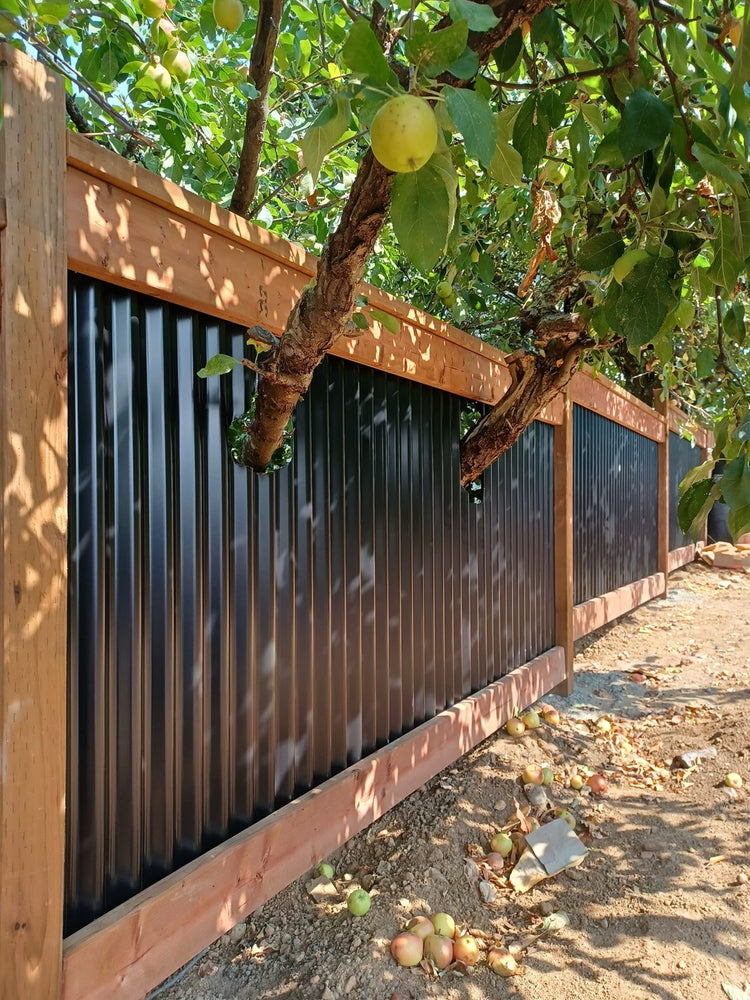In recent years, there has been a growing emphasis on sustainable and eco-friendly practices across various industries. One area that has seen a significant shift towards greener alternatives is the construction and fencing sector. For those looking to build or replace a fence, choosing corrugated metal panels can provide several environmental benefits.
1. Sustainable Material: Corrugated metal panels are typically made from recycled or recyclable materials, such as steel or aluminum. By opting for these right corrugated steel fence panels, you are reducing the demand for new materials and minimizing the amount of waste generated.

2. Longevity: Unlike traditional timber fencing, corrugated metal panels have a much longer lifespan. They are highly durable, resistant to rot, and require minimal maintenance. This means fewer replacements over time, reducing the environmental impact associated with fence production and disposal.
3. Energy Efficiency: Metal has excellent thermal properties, which helps regulate temperature more effectively than other materials. This can contribute to energy savings by reducing the need for artificial heating or cooling, therefore lowering greenhouse gas emissions.
4. Water Conservation: Metal fencing does not require regular painting or staining, saving water resources. Additionally, metal panels do not absorb or retain water, preventing issues such as rot or mold growth. This can help conserve water and reduce the need for chemical treatments.
5. Recyclability: At the end of its life cycle, corrugated metal panels can be recycled rather than end up in landfills. Steel and aluminum are highly sought after by recycling facilities, as they can be repurposed into new products, further reducing the reliance on raw materials.
By considering eco-friendly options when building or replacing a fence, we can all play a part in reducing our carbon footprint and preserving the environment for future generations.